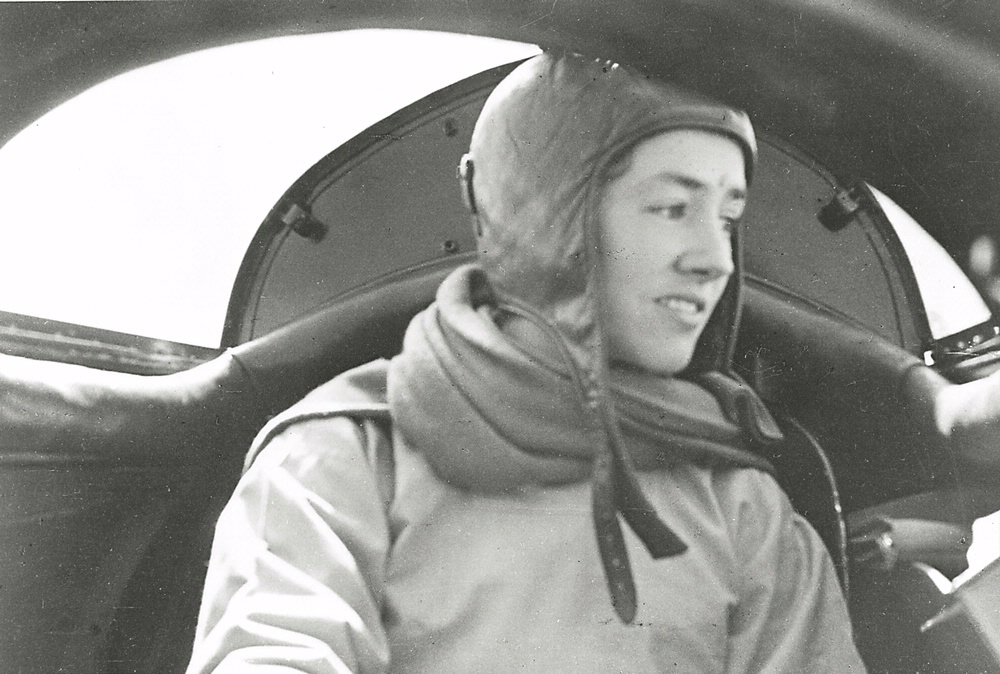- She served as Charles Lindbergh's copilot, radio operator, and companion in adventure in the Tingmissartoq.
- She became an award-winning author and wrote two books about their flights in the Tingmissartoq.
“The three men who were to race squeezed into their kyaks [sic] (a native boat entirely sealskin-covered except where the man sits). Each one then tied the skirt of his parka around the wooden rim of the opening so that no water could enter. Man and boat were one, like Greek centaurs.”
As the radio operator, Anne often wished she had four hands—two to tune the dials, one to write down the incoming message, and one to hold her pad of paper. She eventually got faster and did not have to go through the “acrobatics,” as she called them. She could listen to Morse code and hear words instead of individual letters.
“I was amused but also inordinately proud to hear about the comment of a Pan American radio operator who, after sending me a one-hundred and fifty word message in code through heavy static, made the astonished remark: ‘My God, she got it!’”
Anne Morrow Lindbergh, Listen! The Wind









